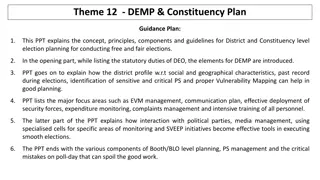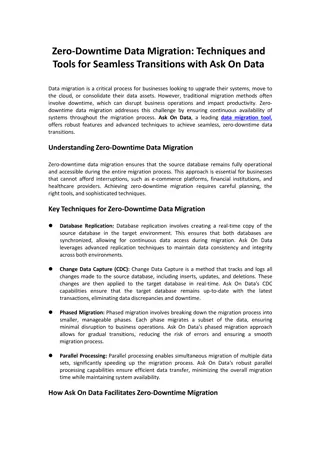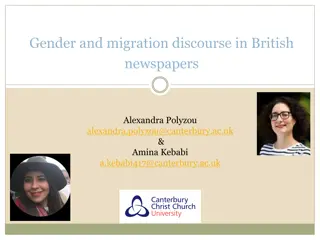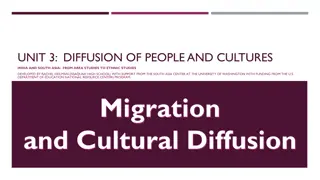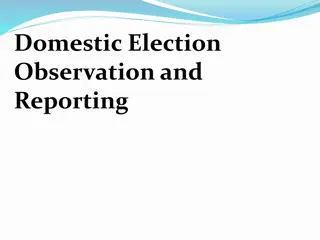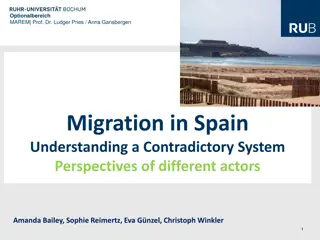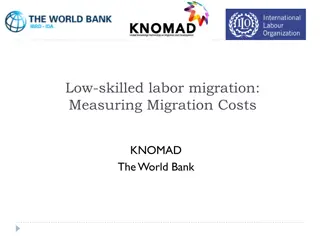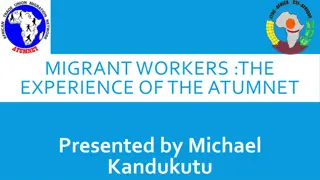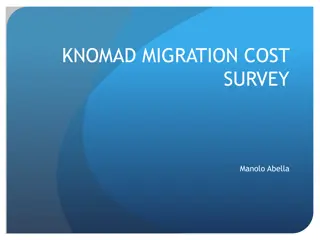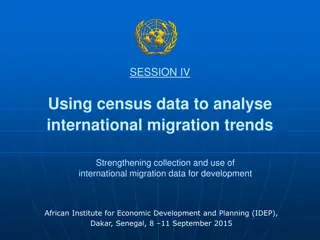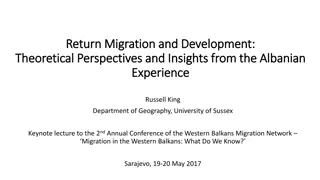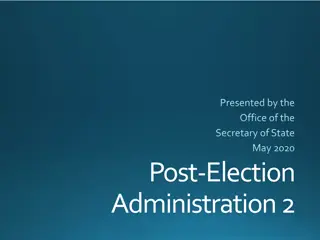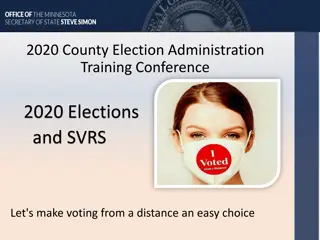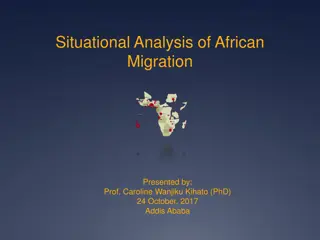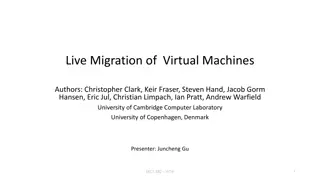Media and Migration: Policy Analysis Post 2015 Election
Delve into the post-2015 election scenario focusing on migration policies in the UK. Analyze the impact on skilled non-EU migration, settlement policies, net migration targets, UK media debates, and party policies on immigration. Explore the emerging themes for the next five years regarding EU and non-EU migrations, family migration issues, and the EU referendum's impact on immigration policies. Stay informed about the evolving landscape of migration in the UK.
Download Presentation

Please find below an Image/Link to download the presentation.
The content on the website is provided AS IS for your information and personal use only. It may not be sold, licensed, or shared on other websites without obtaining consent from the author. Download presentation by click this link. If you encounter any issues during the download, it is possible that the publisher has removed the file from their server.
E N D
Presentation Transcript
Migration Policy after the 2015 election Rob McNeil, Madeleine Sumption and Carlos Vargas-Silva July 10, 2015
Overview UK media debate Skilled non-EU migration and settlement Net migration target EU referendum
Media and migration: 2015 and beyond 1) the election period Immigration proved difficult for both main parties and Lib Dems at the election Reputational risk and concerns of stimulating UKIP support. Seen by some as The dog that didn t bark at the election.
Media and migration: 2015 and beyond 2) The next 5 years general Impossible to predict key emerging themes. Continued commitment to net migration target (/ambition) likely to maintain numerical focus. New narrative only likely to emerge if a clearer opposition position starts to gain traction.
Which party has the best policies on immigration? (Ipsos MORI polls) 60 50 40 % choosing Con 30 Lab Lib Dem UKIP 20 Other/none/DK 10 0
Media and migration: 2015 and beyond 3) The next 5 years non EU Increased impact of cap on skilled workers and of salary threshold on settlement likely to become more major issues. Family migration Supreme court ruling to generate continued discussion. Family migration issues tend to get less media coverage. Students continued question of whether they should be a target for reduction Wars, conflict and chaos in Syria, Ukraine, Libya etc migration dimension will remain prominent
Media and migration: 2015 and beyond 4) The next 5 years EU EU referendum (a referendum on free movement?) and other broad EU immigration issues likely to be highly significant. Greek drama and impacts can be expected to be seen to have migration dimension for UK. Calais/Mediterranean situation unlikely to be resolved soon more tension with France on this?
Tier 2 Cap Monthly CoS issued Average CoS available 3,000 2,500 Monthly permit issued 2,000 1,500 1,000 500 - June-15 Jun-11 Feb-12 Jun-12 Feb-13 Jun-13 Feb-14 Jun-14 Feb-15 Apr-15 Apr-11 Oct-11 Apr-12 Oct-12 Apr-13 Oct-13 Apr-14 Oct-14 Dec-11 Dec-12 Dec-13 Dec-14 Aug-11 Aug-12 Aug-13 Aug-14 Source: Home Office FOI request (April 2011-April 2015) and Home Office website (May 2015)
Prioritising Tier 2 applications Shortage list PhD-level position Salary
Who earns less than 46,000? Health professionals Corporate managers IT professionals Sales & marketing officers Engineers Retail managers Nurses & Midwives 0 20 40 60 80 100 120 Source: Annual Survey of Hours and Earnings, 2014, full-time employee jobs
Tier 2 policy questions Is salary a good proxy for contribution? What happens when it isn t? Flexibility for high value roles, key public service workers,[ ] specialist skills ? Role of subjective vs. objective criteria Review of other Tier 2 issues Sunsetting shortage list occupations Intracompany transfers Cap on share of workforce? Skills levy Work rights for dependants
Tier 2 entry visas issued over time 80,000 70,000 60,000 50,000 40,000 30,000 20,000 10,000 0 2005 2006 2007 2008 2009 2010 2011 2012 2013 2014 Source: Immigration Statistics Q1 2015, table vi_04
Settlement policies 35,000 income threshold for workers from 2016 New class of long-term but temporary jobs? Impacts related to entry salary thresholds
Settlement grants over time 300,000 250,000 200,000 Other Family Asylum Work 150,000 100,000 50,000 0 Source: Immigration Statistics Q1 2015
Should students be taken out of the target? Central point of discussion during last parliament and likely in this one. Arguments in favour: Public does not consider students to be 'immigrants . Less likely to support restrictions. Students bring economic benefits. Argument against: Residents (even temporary ones) still contribute to demand for services. Not all temporary. Many settle permanently in the UK.
Three points for discussion Net migration stats vs target. Removing students in practice. Consequences for target.
Net migration stats vs target Net migration stats: based on an internationally recognized definition of people who move for 12 months or more. Net migration target: policy goal that can be designed in any way the Government sees fit.
Removing students in practice In theory: if all students leave, it should make no difference over long-term. Obvious way: remove students from inflows and remove former students from outflows. Result: net migration of all people who do not arrive as students. Impossible until recently.
Without students 300 250 200 150 100 50 0 Actual 2012 Without students 2012 Actual 2013 Without students 2013 Actual 2014 Without students 2014
Without non-EU students only 300 250 200 150 100 50 0 Actual 2012 Without students 2012 Actual 2013 Without students 2013 Actual 2014 Without students 2014
Consequences for target Credibility issues? (i.e. changing target of the target) Is there a need for a lower target after removing students? Disconnect between target and population growth.
The EU referendum: key issues that can be explored right now Numbers and selection In-work benefits Demand-reduction policies Brits abroad
Numbers and selection Who could be expected to qualify for admission if they faced the same rules as non- EU nationals? Which sectors would be most affected by any changes?
In-work benefits What are the characteristics of families who are claiming in-work benefits? What does this tell us about the impacts of proposed residence requirements on future migrants?
Demand-reduction policies What are the expected effects of policies designed to reduce demand for low-wage labour from overseas without changing the UK-EU relationship?
Brits abroad If EU countries imposed admission restrictions on British citizens in an exit scenario, which groups would be most likely to be affected and how?



